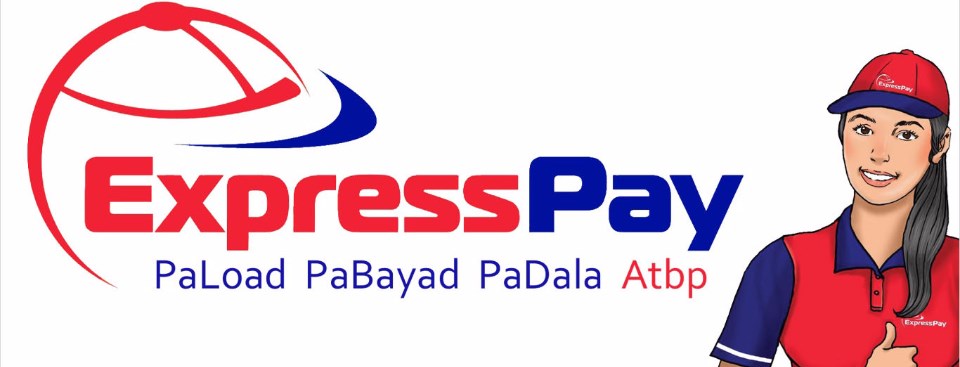How to Start a T-Shirt Printing Business in the Philippines
We all know that clothing is one of the basic human needs. And everyone will look forward to having a very trendy looking shirt. You yourself might be interested in having a custom shirt that stands out from everyone in the crowd, so your creativity churns designs. You might then try your very own t-shirt printing process.
And very soon, you might venture on doing business with it. Some people might even wish to have you make a design for them for a particular event or occasion, or just simply out of whim.
Starting your own t-shirt business can entail some planning. Depending on your choice of process, t-shirt printing does not entail a very big overhead as an investment. Here is a rundown on some basic things you would possibly keep in mind should you start venturing into t-shirt printing services.

Know t-shirt printing processes and equipment
Start first by knowing what you can provide, and what you can achieve. There are a couple of printing processes you should need to know, and there are a lot of choices for this alone.
Screen printing is the staple of shirt printing. It used to be a manual-based design, but technologies arose to conveniently etch a template onto the screen. More and more processes and inks made this once-simple print process into an entirely complex process which will lead you to make choices and decisions on what process you can offer to your customers.
Embroidery might be another option for you. Embroiders used to make designs and letters from scratch, but newer technologies makes use of sewing machines connected to computers.
Newer processes came out as more and more powerful design-capable machines and technologies surfaced. Perhaps the widely used technique is heat transfer prints. CAD-cut vinyl decals came much later, thanks to the proliferation of cutting machines. Direct to garment proves to be the most niche as it entails a very huge amount of capital to procure the printer.
You need to know the processes your choice of process will be using. For example, silkscreen printing will be using a large supply of films and cutters for manually-cut designs, but later on you will be encountering the more advanced photo-emulsion process. Printer-based designs might lead you to know the difference of RGB files from CMYK ones, as well as differences between traditional laser printer ink and sublimation ink. Designs which may use vinyl might lead you to know how to work with vector-based designs. Heat transfer machines not only entail you knowing the time needed for the design to set on the shirt, but you should also know how much time to be cost-efficient too, with the rising cost of electricity.
Knowing the processes means you can supervise the processes, from designing to printing, as well as a way to effectively monitor your expenses on supplies.
Bank on your designs
You might have a concept that you think is unique. You might even have a niche audience to cater to. That is a good way to start building a collection of print designs your potential customers can look into. Or you might have some designs waiting in the burner, and you think it can be a marketable design.
But then again, your ideas might have similar concepts out there, and are already being used by other t-shirt printing shops.
It is then a good to scour the market first to see what designs are already circulating out there. Scout designs, and come up with ideas that you think will give you an edge over your competition.
Have a competent staff
Of course you will be getting your shop the manpower it needs to operate and deliver your goods. From the front end who receives orders, to those who will man the design and the printing end, as well as those who will be needed to pack the finished products.
The most you will need is someone versatile enough, and is knowledgeable on every aspect of the shirt-printing processes. A good graphic designer can be good with churning out designs you will need for your portfolio, as well as to be able to cope with intricate orders from customers. But he should be able to understand the processes, and eventually must be able to learn them for a more efficient workflow in your business system.
Know where to procure your equipment and supplies
You now have your knowledge on processes, have a target staff, and a good number of designs to start from. Now you need to have all the equipment and supplies needed. You must know what shop offers quality printing inks and other materials for silkscreen. You could research on where to find cheap transfer paper, and other supplies for computer-based printing. The list for
But the main part of the idea of getting supplies is the shirt itself. Find suppliers and order them in bulk, as prices go down when they are bought in large numbers. Also, decide on the type of shirts you will need according you what process you offer. For example, cotton shirts are good for screen printing, but polyester ones are preferred for heat transfer processes.
Also, there might be a possibility that you would outsource the printing process. This might depend on the quantity of orders coming in, especially bulk orders, as well as the limitations of your shop’s processes that you can encounter when dealing with the specifics of those orders. So there’s an additional assignment of knowing who and where to outsource your job orders.
Advertise!
Your shop will just be sitting there if you do not advertise. Have a really colorful façade for your shop to attract people, and make sure your potential customers see what you services you can offer up front. Set up streamers where possible. You can also use other marketing and advertising materials and techniques like flyers, streamers and leaflets. Don’t forget other collaterals like calling cards.
You can also dive into social media and create a page for your business. Make samples of your processes’ products, as well as pictures of your equipment, with a promise of quality outputs that will surely attract potential clients.
These are just starting points on essential things you have to consider when starting your t-shirt business plan. Others would come along the way, but these can be your building blocks to build your venture upon.








I want to franchise tshirt printing business but i have no idea what is the best company with small capital needed
What is the mechanic to be a t-shirt printing franchiser and how much it’s cost
How to franchise tshirt and sticker printing, but i have no idea and hw does it cost franchise package?